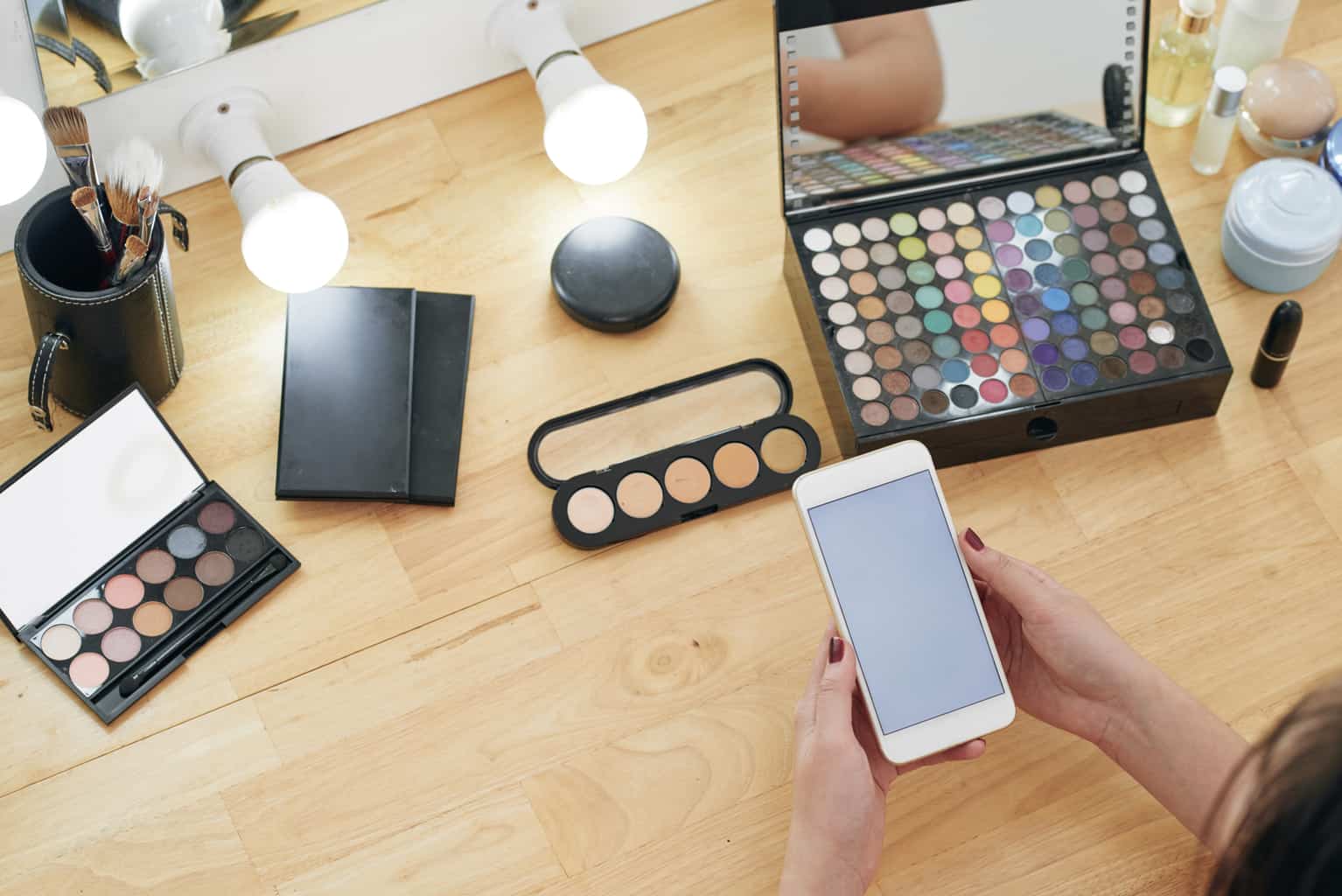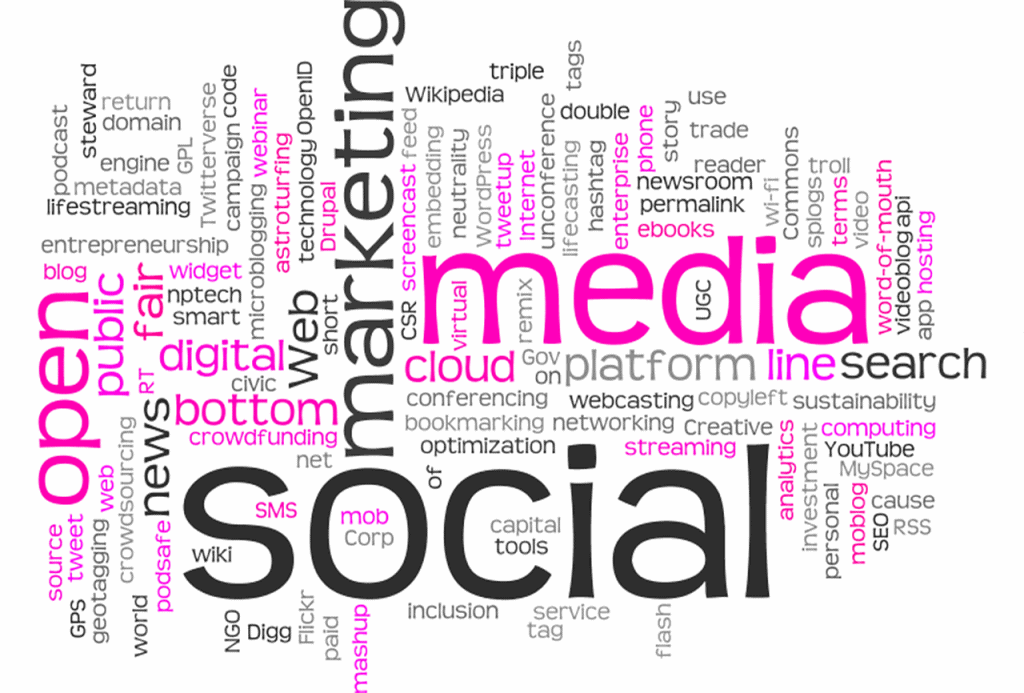To say that social media has forever altered the face of the beauty industry (pun very much intended) would be an understatement.
Social networks give businesses (not only in the beauty industry) the means to engage with their audience in a direct way, thus reducing the need for intermediaries such as retailers, modelling agencies, and even advertisers. Some beauty brands are finding it difficult to adjust to this new landscape, while others are embracing the changes wholeheartedly.
Nonetheless, the simple fact of the matter is that social media is now an integral part of the beauty industry, and you either have to learn how to use it or get left behind. Any beauty brand that shows no signs of any activity on social media has really big cons nowadays.
While there is a wealth of information available online on the topic of social media, it might be a bit more difficult to find content that explores how they have impacted the beauty industry in particular. So in order to contribute to this small, but nonetheless growing, pool of information, we have created a short, introductory primer on the topic.
Instead of going into details about social media, we have opted to provide an overview of a number of instances that showcase how cosmetic companies are using social media to interact with consumers, strengthen their beauty brand, and promote their products.
-
Customer Engagement
Social media has given cosmetics companies a new channel for engaging with their existing customers, as well as means of acquiring new audiences. Previously, these companies had to rely on intermediaries such as retailers and media companies for their b2c interactions. Social media platforms such as Facebook, Twitter and Instagram are cutting out these middlemen from the equation, allowing beauty brands to exercise a more hands-on approach with customer management and improve customer experience. If you are in need of advice on how to run an Instagram account or even a Twitter profile, make sure you do read up on the subject, and not just wing it – it can have dire consequences.
Beauty companies can now see how an audience is reacting to a particular PR campaign by browsing the comments section on leading social networks, solicit opinions regarding future products, as well as offer round-the-clock customer support.
-
Trends
As of 2018, social media providers have gathered more than 2.5 billion people on their platforms, giving them the ability to track and publish their online behaviour not only on social media. These large data-sets have in turn made it possible to map out various sorts of trends, some of which have immediate relevance for beauty brands. The ability to directly monitor purchasing patterns for beauty products, popular makeup styles, or seasonal preferences regarding colour, has been nothing short of a game-changer for the beauty industry.
With the power to see trends, also comes the potential to influence them on social media in more or less subtle ways. By knowing where things are heading in the future, beauty brands can now assemble their product lines and promotional marketing campaigns ideas with a greater deal of confidence in the results.
-
Influencers
Social networks brought about the emergence of a new kind of celebrity: the social media influencer. These individuals attract a large following simply by voicing their opinions, expressing their tastes, and sharing content they like on social media. Their ability to influence big groups of people makes them powerful allies for cosmetics companies because the beauty industry is largely based on appearances and perceptions which is a different way than using social media in the music industry for instance.
There are several ways for a beauty company to develop a relationship with an influencer and take advantage of influencer marketing to be promoted on social media. One is to establish a sponsorship deal, whereby the person in question would explicitly promote company products via social media. Another one would be to offer perks to brand advocates, which are individuals who are already doing a kind of promotional work for your company, free of charge. Influencer marketing is a great way how to make your products seen on social media and address more people.
-
Branding
Another way in which beauty brands can leverage social media to their advantage is to use them as a means of expanding and distinguishing their brand as Auralia do. The process of branding boils down to disseminating a clear and consistent narrative about what a given company is all about, across as many channels as there are available. The fact that social networks have built-in features for publishing content makes them an ideal vehicle for cosmetic companies to express the values they hold, as well as the ideas they promote.
When engaging brands social, a beauty company should take into account which content format is best suited for each platform. Instagram is geared towards images, YouTube works exclusively with videos, and Facebook allows for a little bit of everything. Recently a video format content is booming a lot. So if most of your content is in video format, you probably should go with the YouTube platform and make YouTube your profitable business.
-
Content
Social media users had initially flocked to these networks because they offered an alternative approach to creating, consuming and sharing content. More specifically, they were trying to get away from sterile, corporate-looking articles, images and videos, in order to find something more relatable and authentic. Fortunately, there is nothing stopping cosmetics companies from creating the kind of user-generated content on social media that matches the tastes of the modern audience.
There are numerous tried-and-tested content creation strategies that a company in the cosmetics industry can employ to better engage with their intended audience. One of the more popular ones involves posting images of regular people wearing makeup in a natural setting, to show social media posts about how cosmetic products look in practice. Another would be to offer tutorials and video-guides on how to apply and remove makeup. The key is to present cosmetics as something that is used by regular people on the street.
-
Advertising
Finally, social media can be used as a channel for ad campaigns to target. Each network has its own rules and guidelines for creating ads, monetization, and targeting. Cosmetics companies can get an idea of their new campaigns from competitive commercial. YouTube plays ads in front, behind, and during videos, Facebook displays sponsored posts in the newsfeeds of their users, and so does Instagram, LinkedIn offers the option to send sponsored mail, etc. Ideally, a beauty brand should use all available means of advertising on social media in order to reach out to the widest possible audience.
Advertising on social channels provides benefits such as increased beauty brand awareness, more inbound traffic, improved search engine rankings, higher conversion rates, better customer satisfaction, and improved new brands loyalty, to name a few. As far as paid advertising goes, it is also one of the more cost-effective options, especially when compared to advertising on traditional media or offline advertising online products.
-
Conclusion
Beauty brands stand much to gain by incorporating social media into their overall business strategy. With the right combination of content, advertising, and audience outreach, a cosmetics company will go a long way in ensuring that its future is defined by long-term growth and success.

